What are the structural components of the metric sleeve anchor
2025-06-10Metric Sleeve Anchor is a common type of mechanical anchor bolt. Its unique structural design allows effective anchoring in concrete, masonry and other substrates. It is widely used in scenes such as curtain wall installation, pipeline fixing, railing support, equipment foundation connection, etc., especially in situations requiring fast installation and reliable anchoring.
Anchor Bolt
The anchor bolt is the core load-bearing element of the Metric Sleeve Anchor, which is mainly responsible for transferring the externally applied load to the expansion sleeve and the substrate.
It is usually made of carbon steel or stainless steel. The surface can be electro-galvanized, hot-dip galvanized, Dacromet or other anti-corrosion treatments to improve its corrosion resistance. It is in the form of a threaded straight rod structure, with a conical wedge head or connected to the conical head at one end, and a complete threaded section at the other end for fastening with a nut.
The mechanical properties of the screw are directly related to the pull-out bearing capacity and shear strength of the anchor bolt as a whole. High-quality anchor bolts must meet the material and mechanical property requirements of standards such as GB, ISO or DIN.
Expansion Cone
The cone wedge is located at the bottom of the anchor rod and is the key structure for triggering the radial expansion of the expansion sleeve. It is in the shape of a cone or a frustum, and the cone angle is usually controlled between 8 and 15 degrees to ensure sufficient radial tension under reasonable axial force.
During the tightening process of the nut, the anchor rod moves upward, and the cone head cannot move upward due to the obstruction of the bottom of the hole, so it is pulled into the expansion sleeve. This process causes the expansion sleeve to expand outward and tightly engage with the substrate hole wall.
The cone head is usually forged as a whole with the anchor rod or connected by mechanical riveting. The material requires high hardness and high compressive resistance to ensure that it will not deform or break during the expansion process.
Expansion Sleeve
The expansion sleeve is a key component for achieving the anchoring effect. It surrounds the outside of the anchor rod and forms an expansion mechanism together with the cone head.
The outer shape is a cylindrical hollow pipe with a slight gap between the inner diameter and the anchor rod. The outer surface usually has a longitudinal opening, a groove or a petal structure to facilitate radial expansion after the cone head is inserted. After the sleeve expands, friction and mechanical locking are formed between the sleeve and the hole wall, thereby achieving the anchoring effect.
The material is mostly low carbon steel, stainless steel 304 or 316. Some high-end models have a toothed structure or roughening treatment on the surface to improve the mechanical bite force between the concrete.
The length and thickness are designed according to the size specifications of the anchor bolt to meet different anchoring depths and load requirements. The sleeve should have a certain plastic deformation capacity to ensure that it does not break during the expansion process.
Washer
The washer is installed between the threaded end of the anchor rod and the nut, and is the middle layer of the force transmission and protection component. Its functions include dispersing the tightening force, reducing the friction coefficient, and preventing the nut from crushing the surface of the connected component.
It is usually made of carbon steel or stainless steel, and the surface treatment is consistent with the anchor rod. The specifications must match the diameter of the screw, and the outer diameter should be larger than the outer diameter of the nut to ensure uniform force.
In some special applications, such as earthquake resistance or high-frequency vibration, spring washers or double-layer washers can be used to improve the connection stability and anti-loosening performance.
Hex Nut
The nut is the final fastening element on the outside of the anchor bolt. Its function is to provide a force point to push the anchor rod relative to the cone head, thereby triggering expansion.
The structure is a hexagonal nut, and the material is the same as the anchor rod. When tightening, force must be applied according to the designed torque. Over-tightening may cause the base material to crack, and over-loosening will affect the anchoring effect.




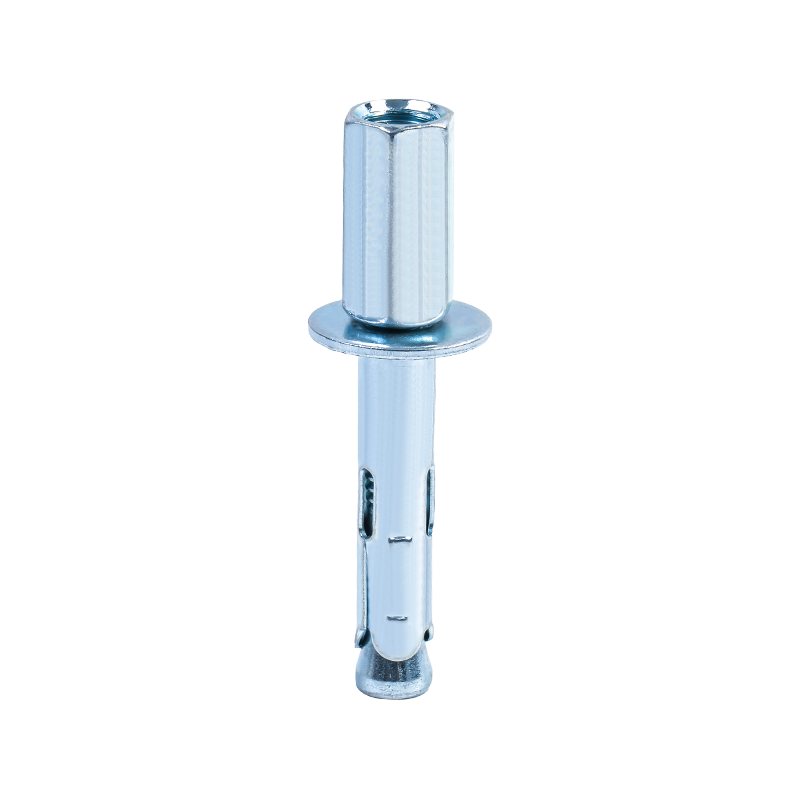
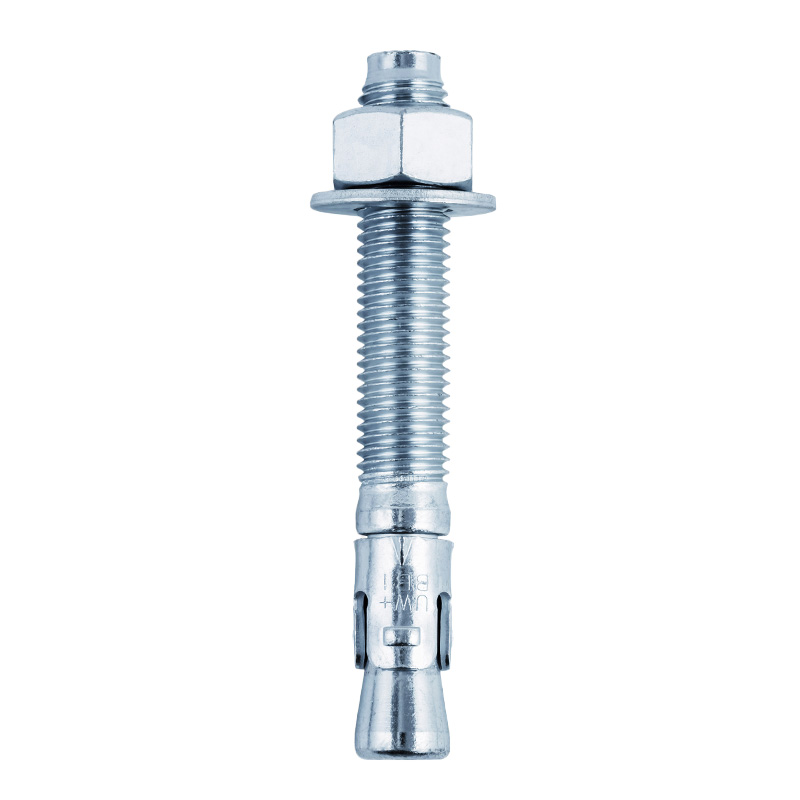
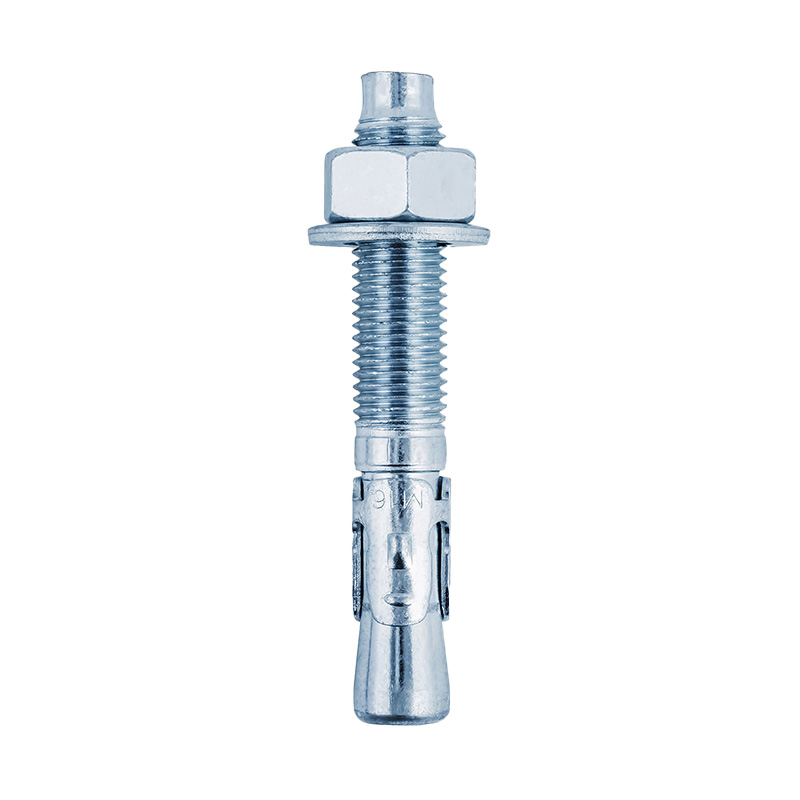
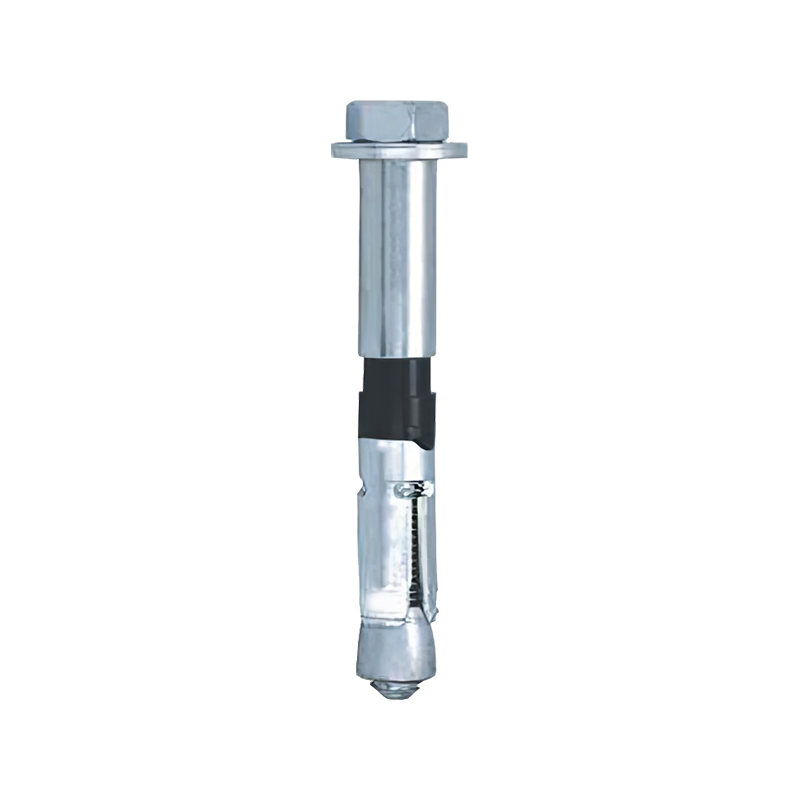
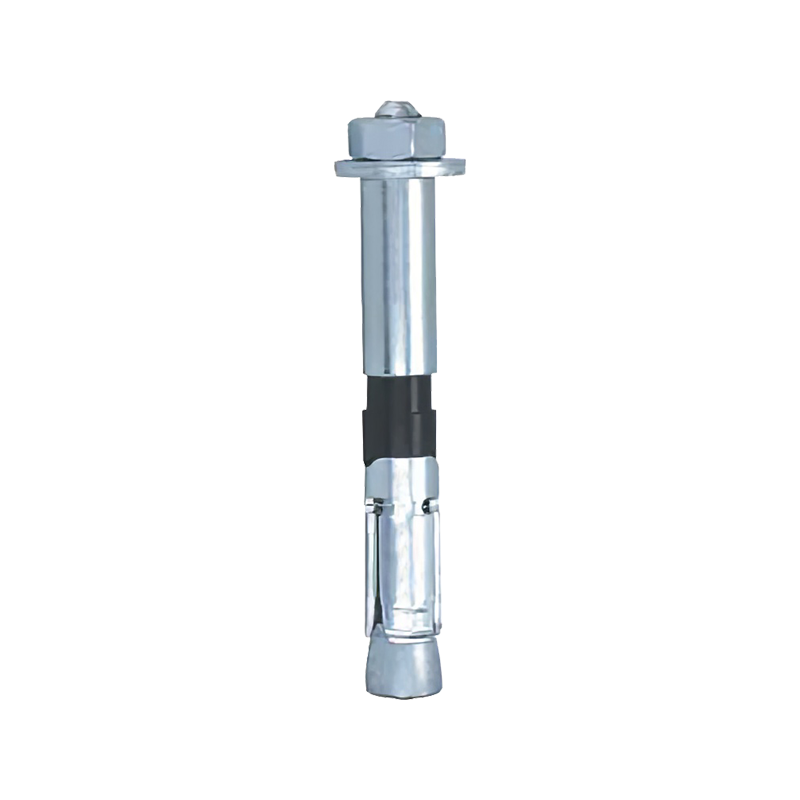
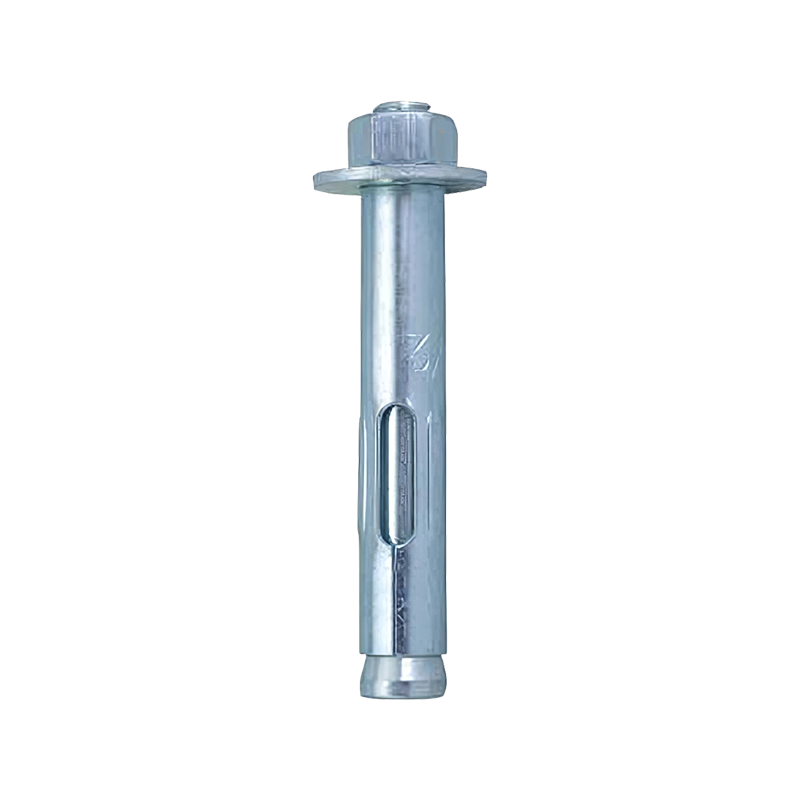
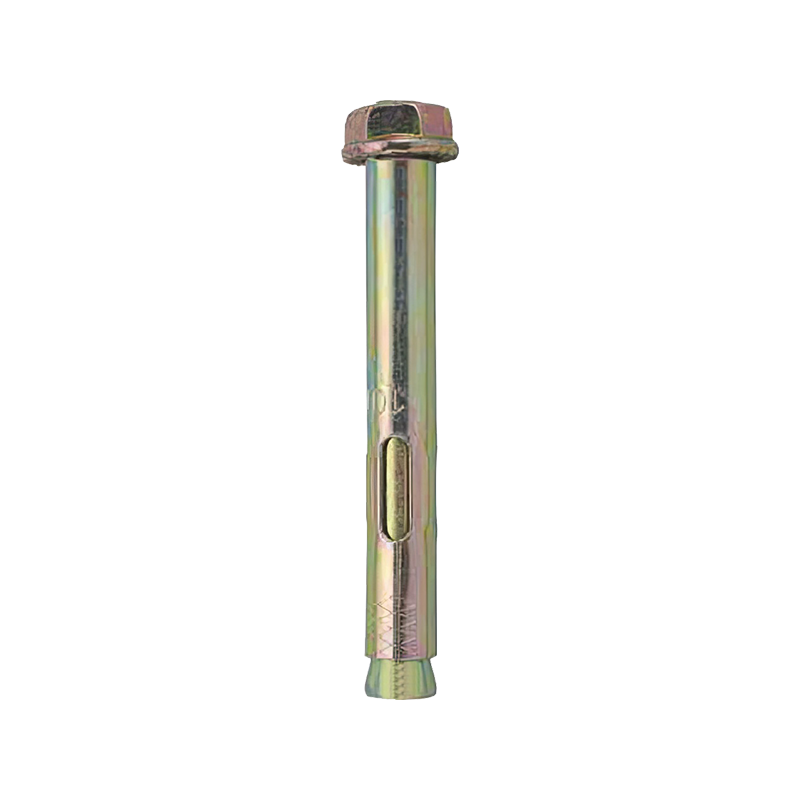

Contact Us